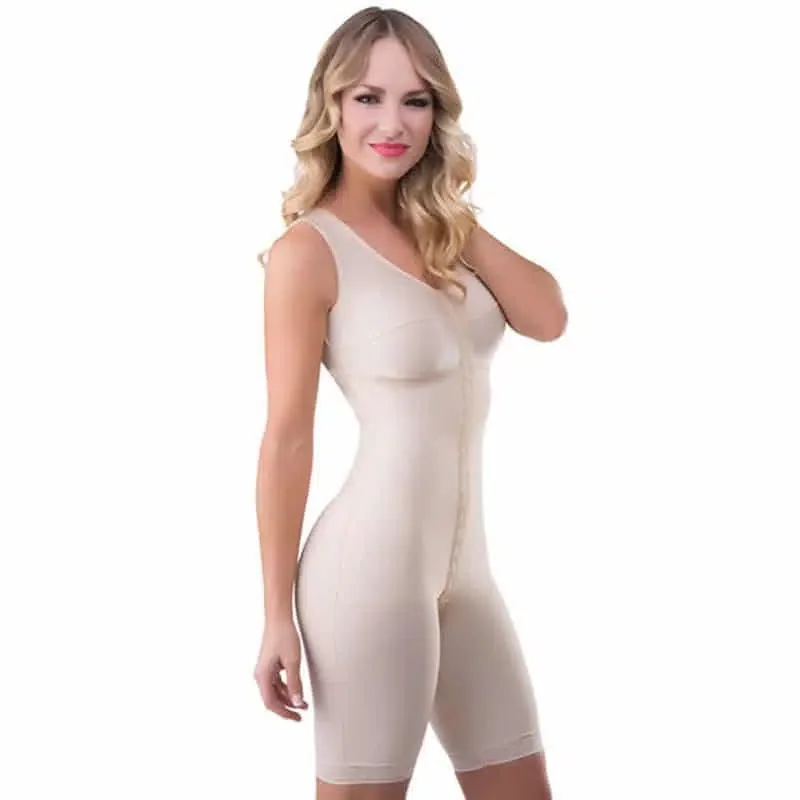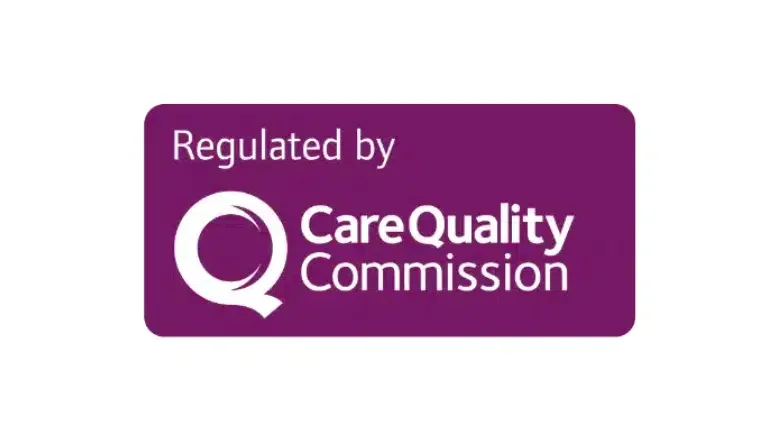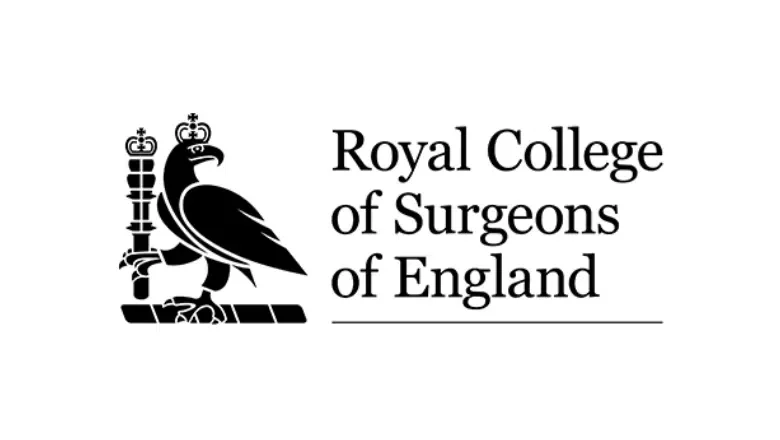Wearing a compression garment is a critical step in the recovery process following any form of cosmetic surgery. These specially designed pieces of medical-grade clothing, made from breathable and elastic materials, are worn over the area that has undergone cosmetic surgery. Their key function is to expedite your healing process, working to reduce swelling, restrain unnecessary movement, and hinder fluid accumulation. For any patient undergoing cosmetic procedures such as liposuction, breast augmentation, reduction surgery, abdominoplasty, or any other aesthetic or reconstructive operation, the use of compression garments is vital to successful postoperative care.
Comfort is a top priority for individuals after they’ve had cosmetic surgery, and it’s understood that many would go to great lengths to enhance their post-surgery comfort levels. This is precisely where a high-quality compression garment can make a difference. These garments are designed with patient comfort in mind, providing essential support to the body and aiding in quicker recovery.
We frequently encounter inquiries about the role of compression garments in postoperative care after cosmetic surgery. Hence, in this article, we aim to shed light on the significance of wearing a compression garment following a variety of cosmetic surgeries and the advantages these garments can offer.
Centre for Surgery is a leading Plastic Surgery clinic situated in London, UK. Our team of expert plastic surgeons, with a cumulative experience spanning over 30 years, have successfully carried out hundreds of body contouring procedures.
Why should I wear a compression garment?
The application of a compression garment in the aftermath of surgical procedures is fundamental for a smooth and successful recovery. These specially designed garments not only promote a quicker healing process but also contribute significantly to a favourable post-operative prognosis. The pain typically associated with surgery is markedly reduced with the use of these garments, and any swelling that might occur is efficiently minimised.
One of the main purposes of compression garments is to stabilise the surgical enhancements, ensuring they retain the desired shape and size as the healing process continues. This ensures a seamless transition during the recovery phase, making it more manageable for the patient.
RELATED: Best Compression Garments After Tummy Tuck
These garments contribute significantly to the final results of the surgery, reducing the likelihood of complications such as thrombosis or poor blood circulation. By compressing the surgical area, the garments discourage the pooling of blood, which could lead to clot formation. They also promote steady blood flow through the operated region, ensuring a steady supply of oxygen and nutrients, both critical for the healing process. Consequently, the significance of wearing a compression garment in the post-operative stage cannot be emphasised enough.
Compression garment applications
At the Centre for Surgery, our skilled plastic surgeons frequently recommend the usage of compression garments in the post-operative phase for a variety of procedures. These include:
- Facelift or Neck Lift Surgery: These procedures involve making delicate adjustments to the skin and facial tissues. A compression garment can support the newly adjusted tissues and help reduce post-operative swelling.
- Breast Surgery: Particularly in the case of Breast Lift and Breast Reduction surgeries, a compression garment can provide critical support to the breasts as they heal, helping to maintain their new shape and position.
- Liposuction Surgery: After liposuction, a compression garment can help to contour the body, reducing swelling and improving comfort.
- Tummy Tuck Surgery: A compression garment can provide support to the abdominal area, reduce swelling and discomfort, and aid in achieving a smoother, flatter appearance.
- Arm Lift Surgery: Following this procedure, a compression garment can help to minimise swelling and support the healing tissues, thereby contributing to improved contouring of the upper arms.
- Body Lift Surgery: This is often performed after significant weight loss and involves the removal of excess skin. A compression garment can provide necessary support, reduce swelling, and enhance the final body contour.
Benefits of Using a Compression Garment after Cosmetic Surgery
The utilisation of a compression garment following a cosmetic surgery procedure yields numerous benefits, enhancing the overall recovery experience and optimising the surgical results. Here are the key advantages:
1. Reduced Swelling: Following surgery, the body often reacts by causing swelling or oedema in the treated area. Compression garments apply pressure evenly across the surgical site, helping to reduce this swelling and expedite the healing process.
2. Improved Circulation: The gentle yet consistent pressure applied by the compression garment can enhance blood circulation in the treated area. This improved circulation allows for better oxygenation and nutrient supply to the healing tissues, speeding up recovery.
3. Better Surgical Results: Compression garments help to contour the body in the post-operative phase, particularly after procedures like liposuction or tummy tucks. They provide support to the operated tissues, helping them ‘settle’ into their new shape, leading to more aesthetically pleasing results.
4. Decreased Risk of Complications: By improving blood flow, compression garments can decrease the risk of post-surgical complications like blood clots or seromas (pockets of serous fluid that can build up under the surface of your skin).
5. Comfort and Support: Good quality compression garments can provide comfort and support during the healing phase, which can be particularly beneficial after procedures like breast surgeries or body lifts.
6. Minimised Scarring: While the compression garment cannot prevent scarring completely, the pressure it provides can help reduce excessive scar tissue formation, resulting in thinner, flatter, and less noticeable scars.
Timeline for Wearing Compression Garments
The process of wearing a compression garment post-surgery can be typically divided into three stages, each crucial for a particular aspect of recovery:
The Initial Stage: The first stage spans approximately four weeks post-surgery. During this period, the compression garment should be worn constantly, save for when bathing. These first stage garments often come with hooks and eyes to ease the wearing process and minimise friction, thus maximising comfort. They are instrumental in reducing swelling and bruising that typically occur post-surgery.
The Intermediate Stage: The second stage commences around the fourth week after surgery, continuing for approximately 2 to 8 weeks. At this point, the body is producing less fluid at the surgical site, and thus, the need for a compression garment is less demanding. Second stage garments are designed without zippers or eyes, making them more comfortable for day-to-day wear under regular clothes. Unlike the first stage, wearing these garments continuously throughout the day is unnecessary.
The Final Stage: By the time the third stage rolls around, your new body contours should be evident. Most individuals will notice that post-operative swelling has considerably subsided around three months after surgery. However, if your swelling has not reduced significantly by this stage, it might be necessary to continue wearing your compression garment.
Choosing the Right Compression Garment After Cosmetic Surgery
Choosing the appropriate compression garment after careful consultation with a surgeon at Centre for Surgery is fundamental to a smooth recovery process. The right garment not only enhances comfort during recovery but also mitigates a range of potential complications. Following a major body contouring procedure, patients are typically advised to wear a compression garment for a minimum of six weeks, while for smaller operations, a four-week duration is often sufficient.
RELATED: Support Garments After Breast Surgery – Top Tips For a Smoother Recovery
Regardless of the surgical procedure, comfort should be a primary consideration when selecting a compression garment. It’s crucial to opt for a garment made from high-quality material, preferably one with antibacterial properties. This helps to prevent bacterial growth on the skin, thereby facilitating a quicker recovery.
Breathability is another key feature to look for, as it helps to keep the treated area dry. You want to avoid excessive sweating in the operated area, as this can lead to discomfort and potential complications. Consequently, your chosen garment should be stretchable and fit snugly over the treated area. Garments with moisture-wicking abilities are particularly beneficial as they help to maintain dryness, deter bacterial spread, offer optimum comfort and eliminate any unpleasant odours.
The garment’s design also plays a significant role in enhancing comfort and ease of use. A seamless design is often preferred as it minimises skin irritation. Additionally, features such as a zipper and eye closures can make it easier to don and remove the garment, thus reducing friction and straining. Together, these attributes contribute to a more comfortable and efficient recovery process.
Top Tips to Reduce Swelling After Surgery
Swelling is a natural bodily reaction to the trauma incurred during a surgical procedure. Typically, the swelling starts to diminish by the second week, provided you adhere to the instructions given by your surgeon. While wearing a compression garment plays a significant role in swelling reduction, there are several other measures you can take:
1. Cold Compress Application: Applying a cold compress to the affected site can help constrict blood vessels, thereby reducing swelling. However, it’s essential to use cold compresses as your surgeon advises to prevent damage to the skin and underlying tissues.
2. Elevation: If possible, try to keep the swollen part of your body elevated. This can assist with fluid drainage and consequently decrease swelling. An elevated position encourages gravity to help reduce fluid build-up in the affected area.
3. Limit Salt Intake: It’s best to avoid foods high in sodium as they can lead to water retention and exacerbate swelling. Instead, aim for a balanced diet that promotes healing and minimises inflammation.
4. Avoid Diuretics: While diuretics can decrease body-wide fluid retention, they do not target localised swelling after surgery. They can also lead to dehydration and electrolyte imbalances, potentially causing further complications.
FAQs about Post-Surgical Compression Garments
We often encounter a variety of questions concerning compression garments. Here are the answers to some of the most frequently asked queries:
What is the purpose of compression garments?
Compression garments have a myriad of benefits, including reducing pain and swelling post-surgery, minimising skin bruising, facilitating the recovery process, preventing infections, maintaining new body contours, and enhancing the overall results of the surgery. They also accelerate the healing process.
Do compression garments assist in skin tightening?
Compression garments contribute to skin tightening. They secure the underlying tissues, reduce sagging, and prevent skin loosening to achieve optimal results.
How snug should a compression garment be post-surgery?
Your compression garment should be snug enough to provide ample support and exert even pressure, but not so tight that it causes discomfort. Any garment causing extreme discomfort could be more harmful than helpful.
Can compression garments induce swelling?
No, a correctly fitting compression garment will reduce swelling. However, a too tight or restrictive garment could lead to fluid accumulation and increase the risk of lymphedema.
Do compression garments aid in reducing belly fat?
No, compression garments do not contribute to fat or weight loss. While they can remove excess fluids, which may make your belly appear smaller, there is no evidence suggesting that a compression garment will result in actual weight loss.
Can I sleep without my compression garment?
The requirement to wear your compression garment while sleeping depends on your recovery stage. In the initial recovery phase, you need to wear the garments 24/7, removing them only for showers. This phase generally lasts around four weeks. Once past this stage, you may remove the garments before sleeping, but only after consulting with your surgeon.
What are stage 1 and stage 2 garments?
Stage 1 garments are worn immediately post-surgery, aiding fluid drainage and minimising post-operative bruising. Equipped with zippers, hooks, and eyes, they reduce friction. These garments typically need to be worn for 2-4 weeks, depending on the surgery type.
Stage 2 garments come into play during the second recovery phase, usually 2-4 weeks after surgery. They support the newly contoured body and lack zippers or eyes, making them comfortable for everyday wear under clothes.
What if I don’t wear compression garments after liposuction?
Liposuction employs a suction technique to remove fat from certain body parts, potentially leading to swelling and sagging skin. Compression garments help keep skin and underlying tissues firm, minimising the likelihood of sagging skin and lump formation.
How long should I wear a compression garment after a tummy tuck?
A tummy tuck is a complex body contouring procedure that can lead to swelling due to tissue trauma. Wearing a compression garment for a minimum of eight weeks post-surgery can aid the healing process.
Schedule a consultation at Centre for Surgery
Choosing Centre for Surgery for your cosmetic procedures offers a number of advantages:
1. Experienced Surgeons: Our surgeons are highly trained, experienced, and leaders in their respective fields. They are dedicated to providing the highest standards of care to each patient.
2. Personalised Care: At Centre for Surgery, we recognise that each patient is unique. We tailor our care plans to fit individual needs, ensuring you receive the most suitable treatment for your goals and circumstances.
3. State-of-the-art Facilities: Our facilities utilise the latest technology and innovations in the field of cosmetic surgery. We aim to ensure that your experience is comfortable, safe, and results in the best possible outcome.
4. Comprehensive Consultations: We believe that informed patients make the best decisions about their care. We offer detailed consultations, providing all necessary information about your procedure, recovery, and expected results.
5. Aftercare Support: Our commitment to patients extends beyond the surgery. We provide thorough aftercare support, ensuring that your recovery is smooth and your results are optimal.
6. Ethical Approach: We adhere strictly to a code of ethical conduct. We are honest, transparent, and respect your right to privacy and confidentiality.
7. Safety and Quality: We are dedicated to maintaining the highest standards of safety and quality in all our procedures. Our priority is the well-being of our patients.
For these reasons and more, choosing Centre for Surgery for your cosmetic or reconstructive needs can be a beneficial decision for achieving your aesthetic goals.










